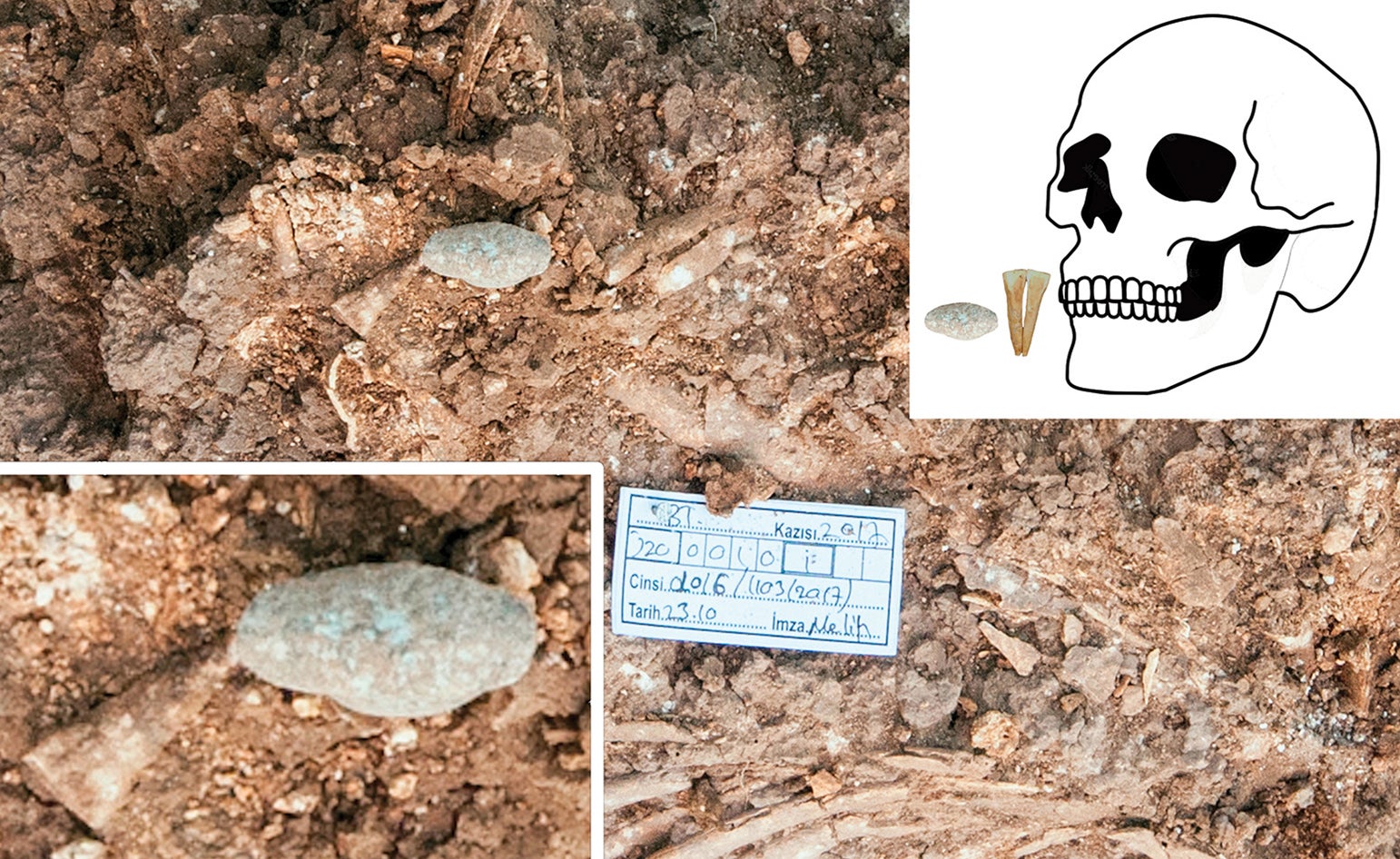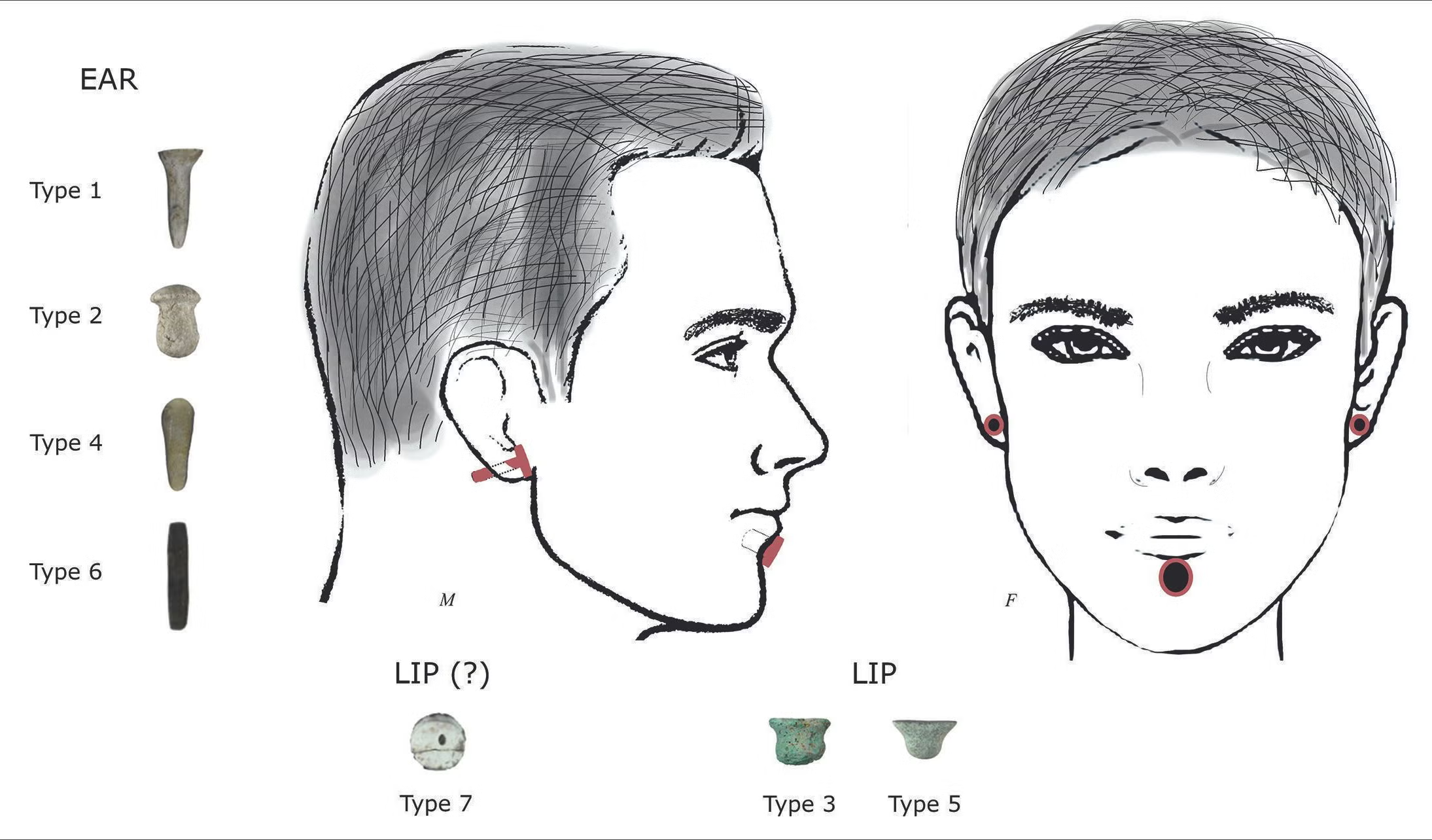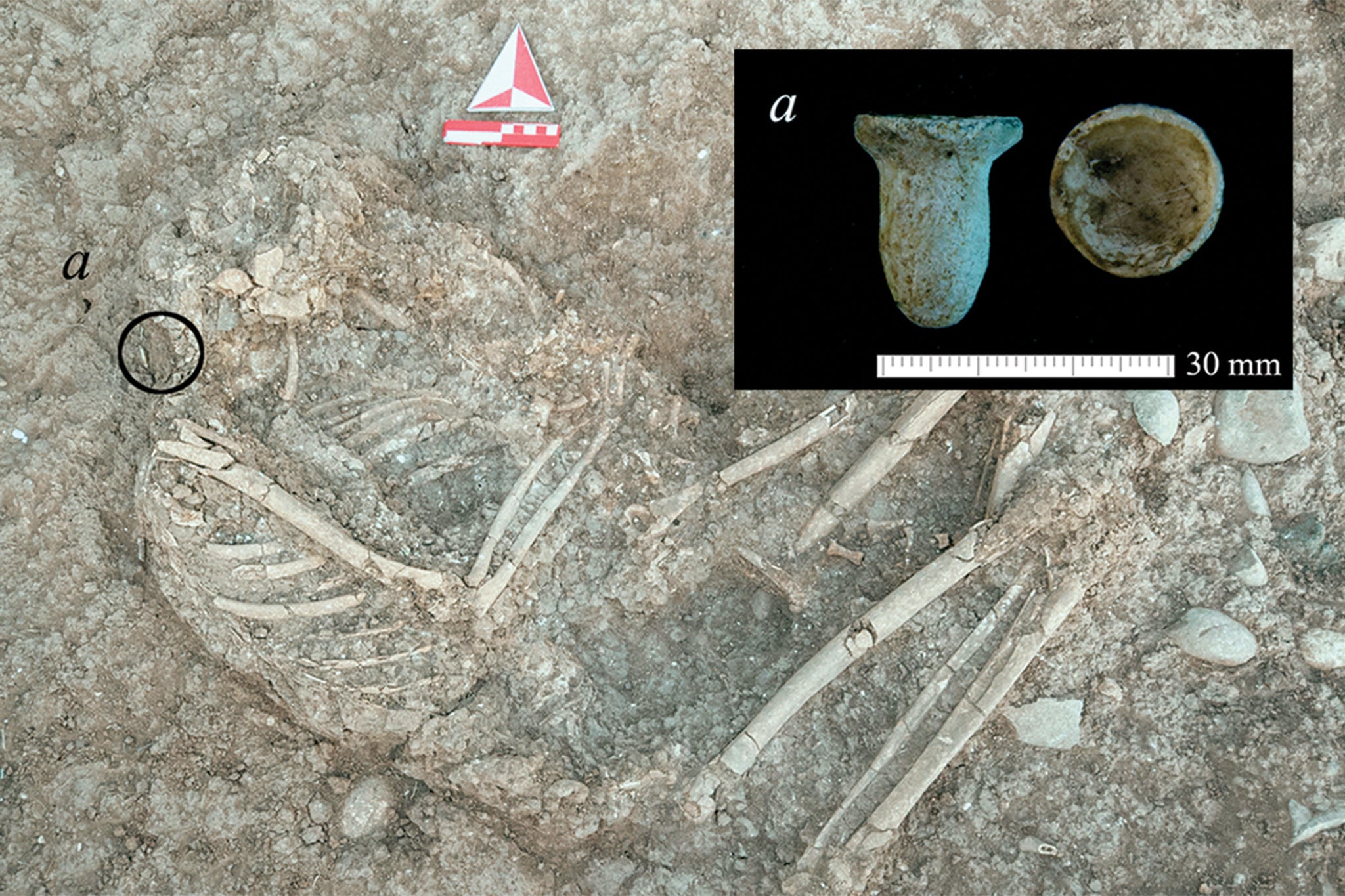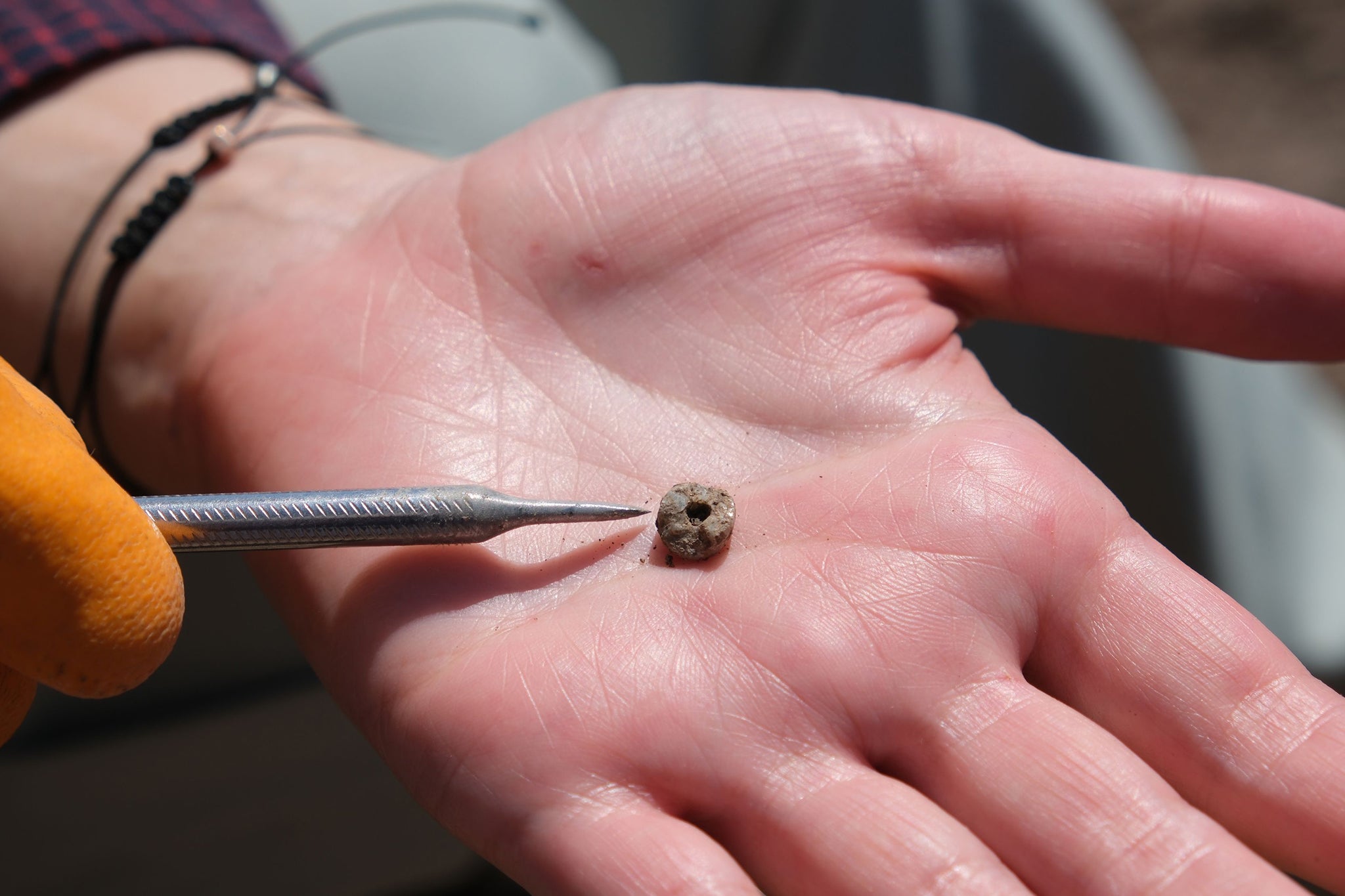Archaeologists discover prehistoric people had the same piercings as us
Some wear on the lower teeth of the skulls showed that the individuals would have had lower lip piercings when alive

Ornaments found around the mouths and ears of skeletons at an 11,000-year-old burial site prove that humans have been piercing their bodies since prehistoric times and thinking about self-image, archaeologists said.
The ‘jewellery’ was found in southeast Turkey.
Although small, thin and pointed stones have been found on several digs in the Fertile Crescent, which includes parts of modern-day Turkey and Iraq, and which is where ancient humans settled to farm, it was not known what they were used for - until now.

“None of them have ever been found on the bodies in their original locations,” said Emma Louise Baysal, a professor of archaeology at Ankara University, who co-authored an article on the ornaments.
But at the Boncuklu Tarla site, “we have them all on the skeletons very close to the ear holes, to the lips,” she said, allowing experts to conclude for the first time they would definitely be used as piercings.

Some wear on the lower teeth of the skulls also showed that the individuals would have had lower lip piercings when alive.
“I think it shows we share similar concerns with the way that we look and that these people were also thinking hard about how they presented themselves to the world,” she said.

The site was established around 11,000 years ago by a group of hunter-gatherers, who gradually settled. Excavations are continuing at Boncuklu Tarla (Beaded Field), named after local farmers found thousands of beads, and where over 100,000 artefacts have been unearthed to date.
The excavations not only show how early societies formed but also highlight striking similarities between modern humans and Neolithic people, highlighting lives we can empathise with, Baysal said.
“When you put on ornaments, particularly on your face, you can’t see them, other people can see them. And you’re projecting an image to other people.”
“It shows that we are, in many ways very similar.”
Join our commenting forum
Join thought-provoking conversations, follow other Independent readers and see their replies
Comments